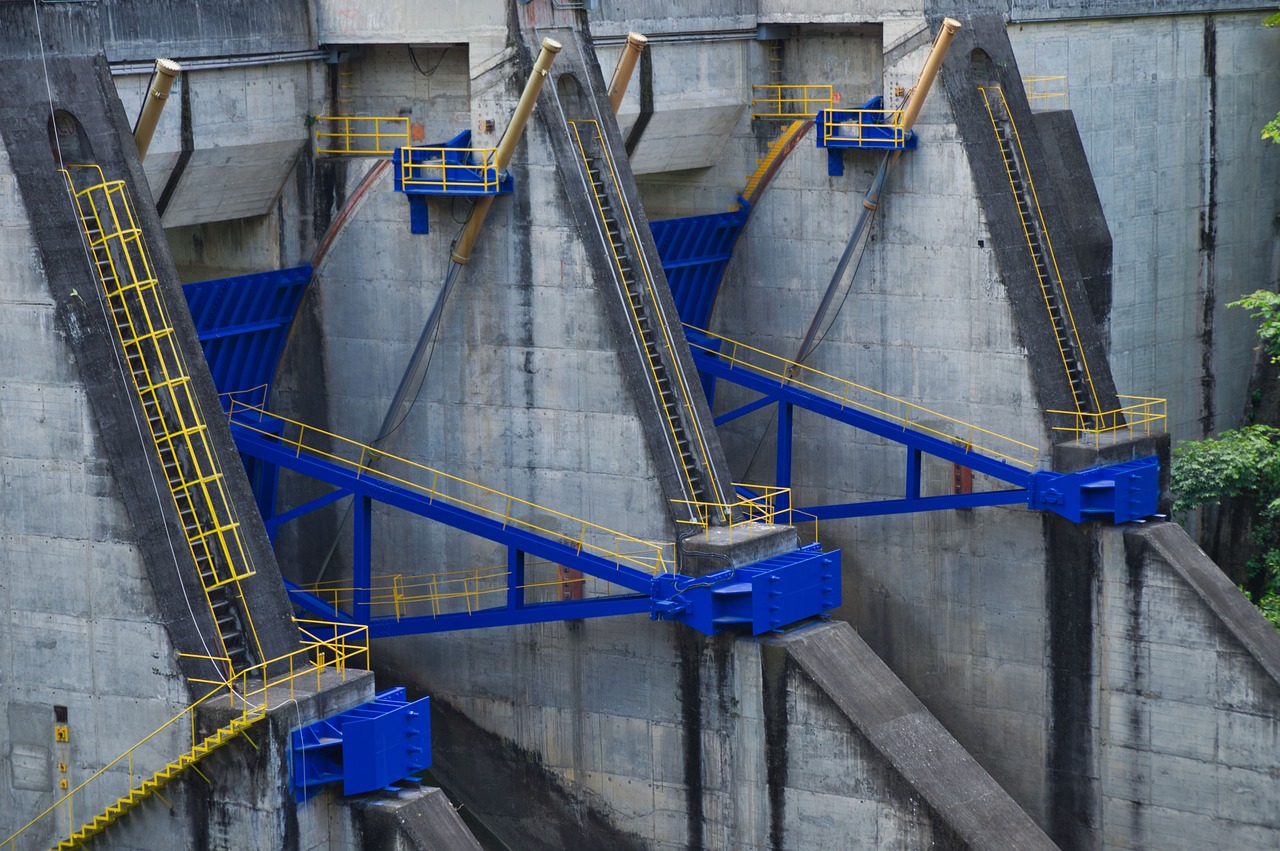
The hydroelectric industry plays a pivotal role in global energy production, utilizing the power of water to generate electricity. This renewable energy source is not only environmentally friendly but also provides a reliable and cost-effective power supply. Within this sector, various specialized components, such as PV wire, copper wire, battery cable, and fiber optic cables, are crucial for ensuring efficient operations and maintenance of hydroelectric plants. This article delves into what the hydroelectric industry entails and examines the significance of these components in its day-to-day operations.
What is the Hydroelectric Industry?
The hydroelectric industry involves the generation of electricity through the kinetic energy of flowing or falling water. Typically, this process occurs in large-scale installations known as hydroelectric power plants, which are often situated on or near a water source like a dam or waterfall. These plants convert the mechanical energy of water into electrical energy using turbines and generators, providing a sustainable and stable power supply to connected grids.
PV Wire
PV wire, or photovoltaic wire, is used in the hydroelectric industry primarily in situations where solar power integration is involved. These plants sometimes incorporate solar arrays to supplement their energy production, particularly in hybrid systems that ensure power supply continuity. PV wire is designed to withstand environmental challenges such as exposure to UV rays, extreme temperatures, and moisture, making it ideal for outdoor use in hybrid renewable energy systems.
Copper Wire
Copper wire plays a critical role in conducting electricity within hydroelectric power stations. Known for its excellent conductivity and durability, copper wire is used extensively throughout the electrical infrastructure of a hydroelectric plant, including in the turbines where it helps to transport electricity generated to transformers and then onto the power grid.
Battery Cable
Battery cables are essential for the energy storage systems used in hydroelectric plants. These heavy-duty cables connect battery banks that store excess electricity during low demand periods. The stored energy can then be released during peak demand times, ensuring a steady energy output and enhancing the grid’s stability. The robust construction of battery cables ensures minimal energy loss and can handle the high currents typical in such applications.
Fiber Optic Cables
Fiber optic cables in hydroelectric plants are primarily used for communication and monitoring purposes. These cables transmit data at high speeds over long distances, facilitating real-time monitoring of plant operations, remote control of gates and turbines, and ensuring that communications within the plant are seamless and effective.
Conclusion
The hydroelectric industry, a cornerstone of renewable energy, relies heavily on specialized components such as PV wires, copper wires, battery cables, and fiber optic cables to maintain efficient and uninterrupted operations. Each of these components serves a unique purpose that enhances the functionality, safety, and reliability of hydroelectric power plants. As the global shift towards sustainable energy sources continues to gain momentum, the demand and development of high-quality components for the industry will remain essential. These components not only ensure the operational success of hydroelectric projects but also contribute to the broader goal of achieving energy sustainability and reliability worldwide.

